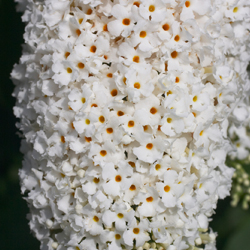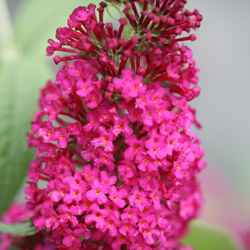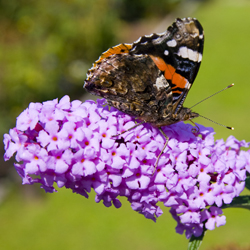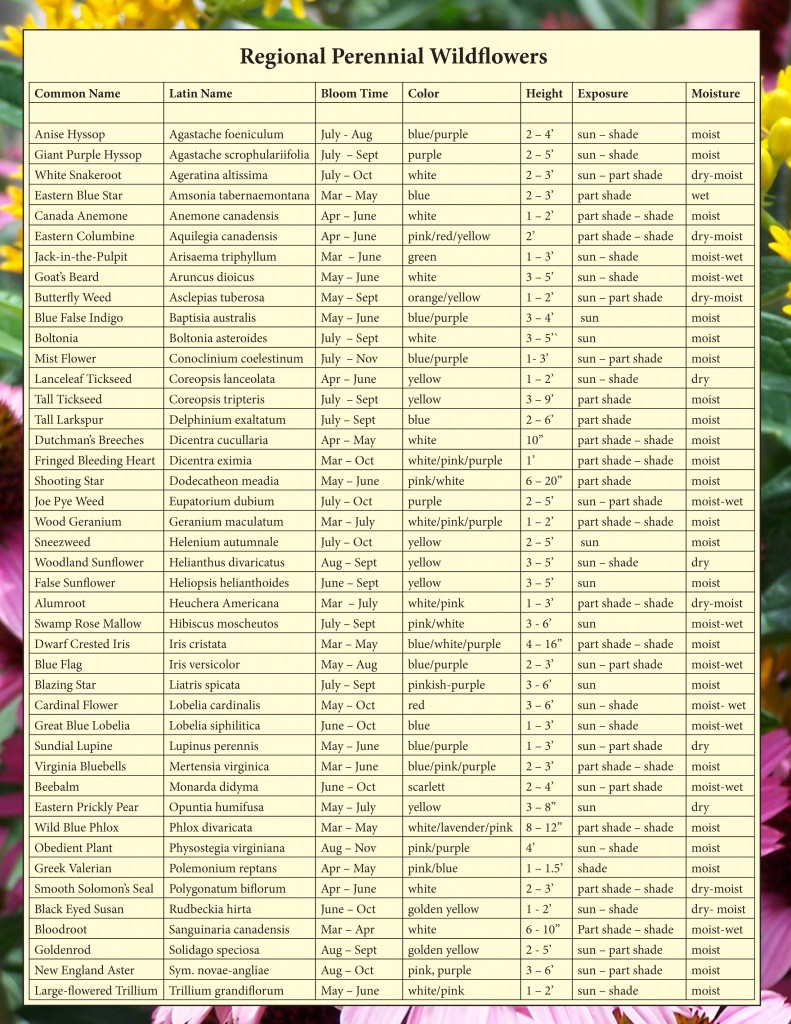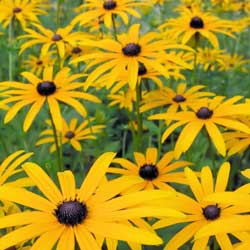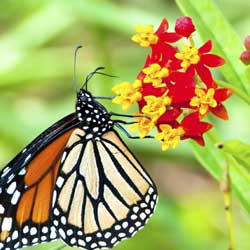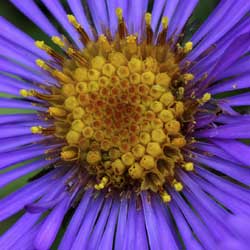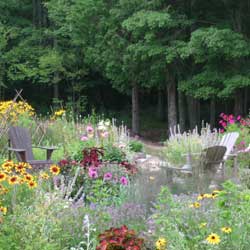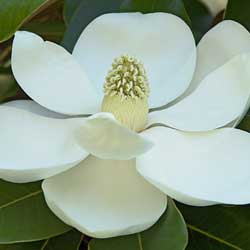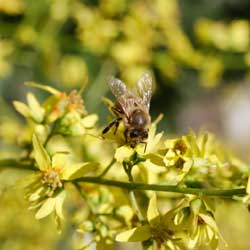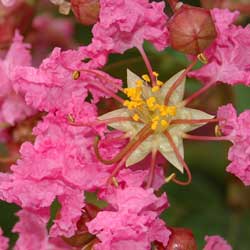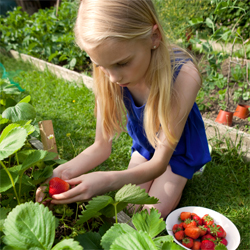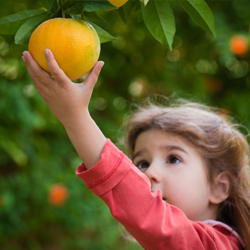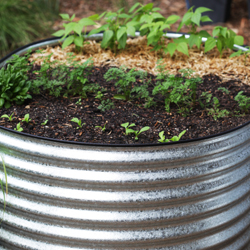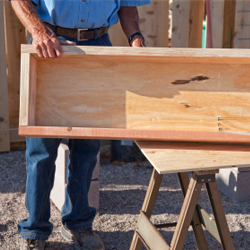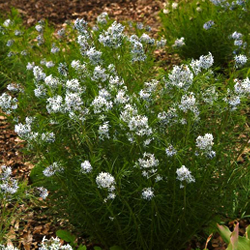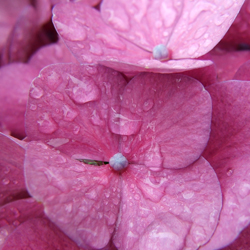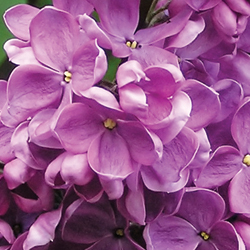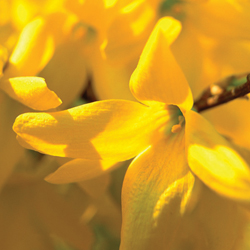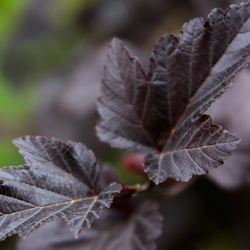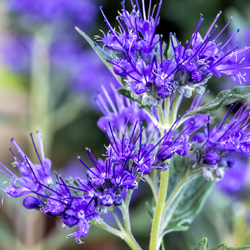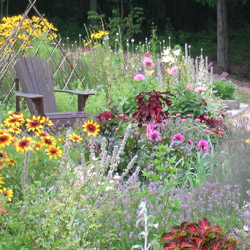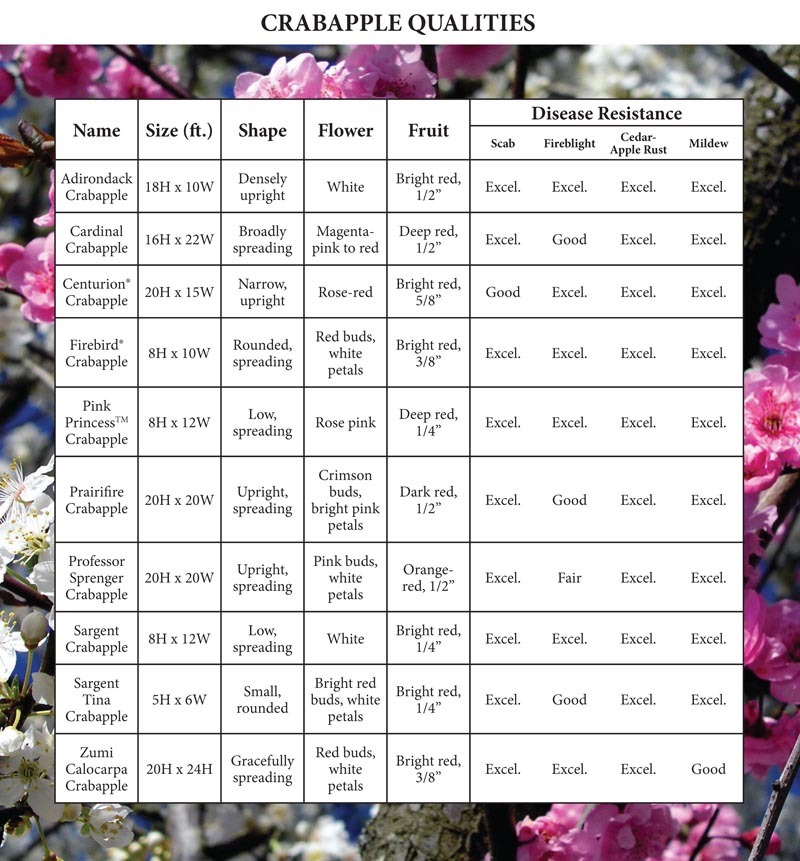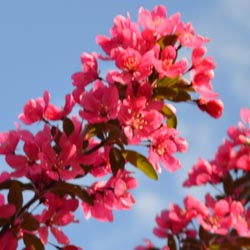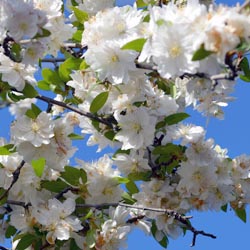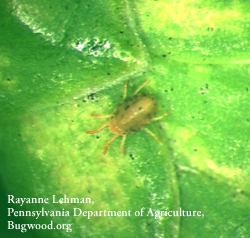What could be more enjoyable than relaxing in your favorite lawn chair or hammock, your sunglasses on and a cool beverage in hand, staring at an enchanting array of colorful butterflies milling around their favorite plant? What could possibly be an easier way to accomplish this vision than by planting a simple butterfly bush?
About Butterfly Bush
Buddleia davidii, the butterfly bush, is a flowering maniac. It pushes its proliferation of perfumed blooms straight through summer and well into fall, providing nourishment to butterflies all season long. Available in a multitude of colors ranging from white to pink to red to purple, there are colorful butterfly bushes to match any garden or landscape color scheme. The fragrant, long, spiked panicles are borne in profusion on long, gracefully arching branches that add drama and elegance to the yard. And it really is a butterfly magnet!
Growing Butterfly Bush
This quick growing, deciduous, woody shrub is winter hardy in zones 5-10. In the northernmost areas of its hardiness range, Buddleia behaves like a herbaceous perennial, dying back to the ground in very cold winters. In the southernmost areas, Buddleia is grown as large shrub and can flourish all year. In either location, however, you should treat this plant as a cut back shrub. Because butterfly bush blooms on new wood, it benefits the plant to be cut back to the ground each spring. This judicious pruning will stimulate lavish new growth and an abundance of flowers. It will also keep some of the larger varieties at a manageable size, particularly in smaller yards, corners or other confined spaces.
Plant your butterfly bush in full sun in just about any type of soil and it will thrive. Don’t worry about fertilizing as over-fertilization can encourage too much leaf growth over flower formation. Deadheading will encourage additional growth and new flower buds to extend the blooming season. Buddleia has a good tolerance for drought once established, but should be carefully watered when young. A good, thick layer of mulch will help maintain soil moisture and keep weeds down to keep the shrub healthy. Just be sure not to use insecticides or pesticides on your butterfly bush or you may be harming the very fluttering fliers you hope to attract.
Not sure which butterfly bush to try? Consider these varieties to choose the perfect color and style to suit your yard.
Recommended Buddleia Varieties by Color
White Butterfly Bushes
- ‘Nanho Alba’: 6-8’ height, blue-green leaves, mildly fragrant
- ‘Silver Frost’: 5-6’ height, silver-gray leaves
- ‘White Ball’: 3-4’ height, silver foliage, compact habit
- ‘White Bouquet’: 8-10’ height, gray-green leaves, flowers have orange throat
- ‘White Cloud’: 8-10’ height, gray-green leaves, flowers have yellow eye
- ‘White Harlequin’: 8-10’ height, variegated leaves
Pink Butterfly Bushes
- ‘Charming’: 6-10’ height, blue-green leaves, flowers have orange throat
- ‘Fascination’: 8-12’ height, lilac-pink flowers with cupped petals
- ‘Pink Delight’: 4-7’ height, gray-green leaves, true pink flowers, fragrant
- ‘Summer Beauty’: 5-6’ height, silvery leaves, pink-rose flowers
- ‘Summer Roae’: 8-10’ height, mauve-rose flowers, strong fragrance
Red Butterfly Bushes
- ‘Burgundy’: 8-10’ height, magenta-red flowers, fragrant
- ‘Dartmoor’: 8-10’ height, magenta flowers
- ‘Harlequin’: 6-8’ height, variegated leaves, reddish-purple flowers
- ‘Royal Red’: 10-12’ height, purple-red flowers, fragrant
Purple / Blue Butterfly Bushes
- ‘Black Knight’: 8-10’ height, deep violet-dark purple flowers
- ‘Bonnie’: 8-10’ height, light lavender flowers with orange eye, sweet fragrance
- ‘Ellen’s Blue’: 5-6’ height, silver leaves, deep blue flowers, orange eye, fragrant
- ‘Moon Shadow’: 3-4’ height, lilac purple buds open to lavender flowers
- ‘Nanho Blue’: 6-8’ height, gray-green leaves, mauve-blue flowers, fragrant
- ‘Orchid Beauty’: 6-8’ height, lavender-blue flowers, fragrant
- ‘Potter’s Purple’: 6-10’ height, deep purple flowers, mild fragrance
